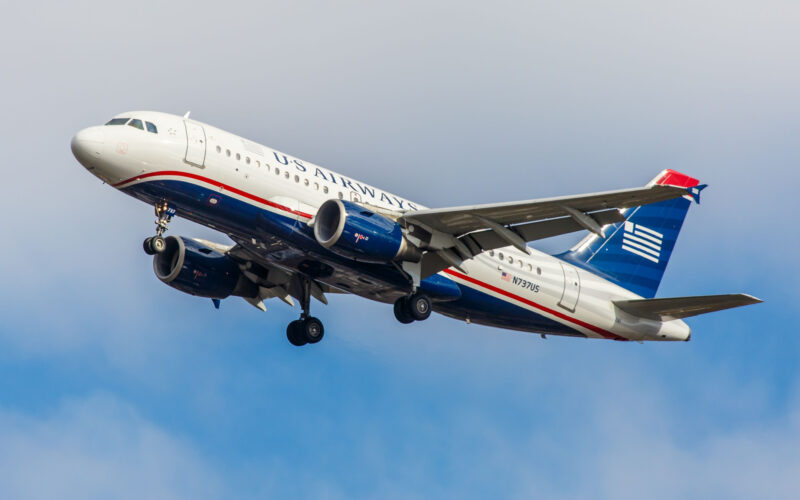The Fascinating Story of US Airways: From Rise to Merger with American Airlines

US Airways, a prominent player in the American aviation industry, had a rich and eventful history before merging with American Airlines (AA).
In its early years, the airline was known as All American Aviation, founded in 1937 with a focus on airmail services in Pennsylvania. It operated small aircraft like the Stinson Reliant, efficiently serving local communities. Recognizing the potential for passenger transportation, the airline expanded to scheduled flights in the late 1940s and changed its name to All American Airways in 1949.
With continuous growth, All American Airways established routes across the US, becoming a vital transportation link for passengers and cargo. A rebranding effort in 1979 saw the airline become USAir, positioning itself as a national carrier and expanding through acquisitions, including Mohawk Airlines.
By the 1990s, USAir operated modern jet aircraft, established hub operations, and introduced technological advancements to enhance the customer experience. The airline underwent another rebranding in 1997, becoming US Airways.
Fleet development was a priority for US Airways, leading to the incorporation of Boeing 737s and Airbus A320s for medium-haul routes and Boeing 767s and Airbus A330s for long-haul international flights. To connect smaller communities, the airline introduced Embraer E190 regional jets. A fleet renewal program from 1989 to 2002 saw older aircraft replaced with cutting-edge models to optimize efficiency and improve passenger comfort.
Mergers were a key strategy for US Airways to expand and strengthen its position in the industry. Acquisitions of Piedmont Airlines and Mohawk Airlines enhanced regional connectivity. In 2005, a significant merger with America West Airlines resulted in a more competitive airline with an extended route network.
The aftermath of the September 11 attacks posed challenges for US Airways, leading to bankruptcy in 2002. Under bankruptcy protection, the airline underwent restructuring efforts to improve efficiency and financial stability.
In 2013, US Airways made headlines once again by merging with American Airlines, becoming the largest airline at the time. The US Airways brand phased out, and the merged entity retained the AA name, creating a dominant player in the industry.
US Airways’ legacy includes pioneering the hub-and-spoke system, early adoption of online reservations, and a robust loyalty program that integrated with AA’s AAdvantage program after the merger. Though its name may have disappeared, the enduring contributions of US Airways continue to shape the aviation landscape.
